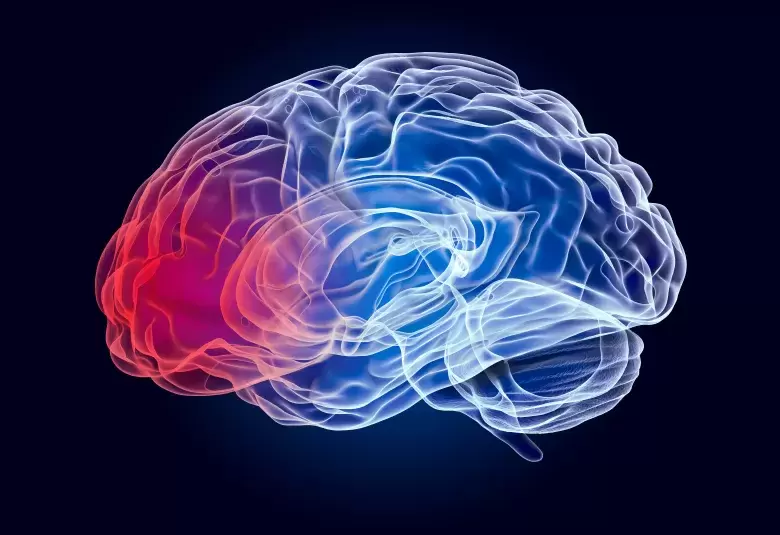People with major depression experience greater severity of pain than those without depression. And the presence of pain seems to play a part in predicting both objective and subjective cognitive dysfunction.
Chronic pain and major depressive disorder (MDD) frequently occur together. The two conditions share demographic associations such as female sex, increasing age and lower socioeconomic status. Neurotransmitter systems involved in pain perception may contribute to psychopathology, so it is appropriate to ask how pain corresponds to depression-related cognitive impairment.
To cast light on this question, the Brain and Cognition Discovery Foundation (Toronto, Canada) recruited adults with an episode of recurrent MDD (defined as a Montgomery-Åsberg Depression Rating Scale [MADRS] score of 22 or greater) that had lasted at least 3 months.1
Cognitive function was assessed using the newly validated THINC-it® tool. This free, computerised battery reliably detects impairment in MDD.2 Objectively measured items from THINC-it® were used to calculate overall objective cognitive function. Self-reported cognitive impairment was derived from the Perceived Deficits Questionnaire for Depression 5-item version, which is included in the THINC-it® battery.
Pain severity over the previous 24 hours was rated on a visual analogue scale (VAS).
An implication of the findings is that treating pain might improve functional outcomes in depression.
One hundred patients with MDD who completed the THINC-it® battery were matched for age, sex and education with 100 healthy control individuals.
In their recent paper,1 Danielle Cha (University Health Network, Toronto) and colleagues reported the following findings:
Compared to healthy control individuals, patients with MDD reported greater pain severity on the VAS.
On linear regression, depression severity accounted for a significant proportion of the variability in pain scores.
It seems that pain moderates the association between self-rated cognitive function and objectively measured impairment. After controlling for MADRS score, there was a significant interaction between subjective cognitive impairment and severity of pain in predicting objective cognitive performance.
In MDD, people with concurrent pain are more likely to have cognitive impairment. An implication of the study is that it is worthwhile to screen for pain in patients with MDD. And it might be the case that effectively treating pain could improve functional outcomes in depression.




